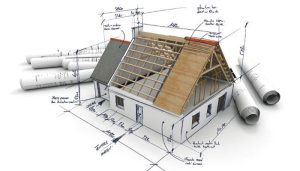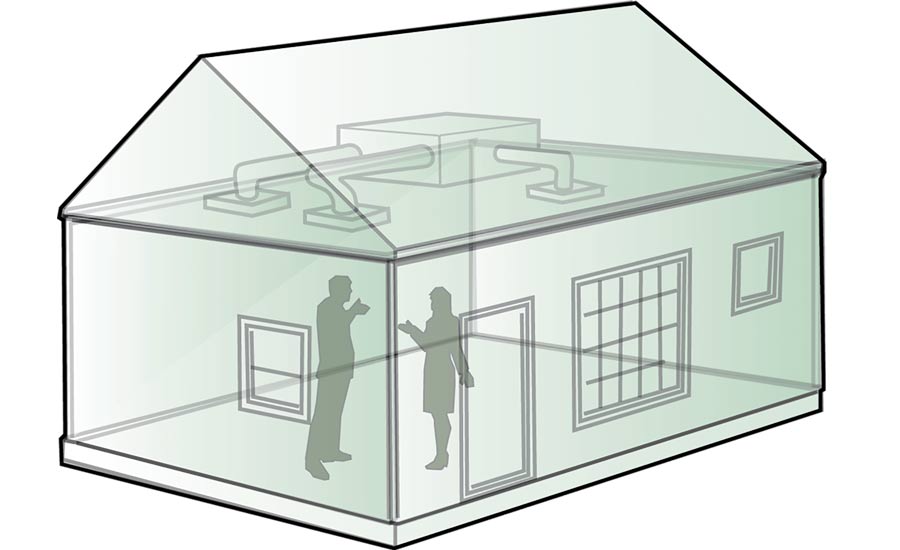Building Essentials: A Comprehensive Guide
Building a structure, whether it’s a house, office, or any other type of building, requires careful planning and attention to detail. To ensure a successful construction project, it’s essential to have a clear understanding of the building essentials. In this guide, we will explore the key components and considerations that form the foundation of any construction endeavor.
1. Strong Foundation
A strong foundation is the backbone of any building. It provides stability and support, ensuring the structure can withstand the test of time. A well-designed foundation takes into account factors such as soil conditions, load-bearing capacity, and local building codes. Hiring a qualified structural engineer is crucial to ensure the foundation is built correctly.
1.1 Soil Analysis
Prior to construction, a soil analysis is conducted to assess the properties of the soil at the building site. This analysis helps determine the type of foundation that is most suitable for the project. Different soil types have varying levels of stability and load-bearing capacity, which directly impact the design and construction of the foundation.
1.2 Proper Drainage
Proper drainage is essential to prevent water accumulation around the foundation. Water can cause soil erosion and lead to foundation damage over time. Installing adequate drainage systems, such as gutters, downspouts, and proper grading, helps direct water away from the building.
2. Quality Construction Materials
Using high-quality construction materials is crucial for the longevity and durability of a building. Inferior materials may save money in the short term, but they often result in costly repairs and maintenance down the line. Opting for durable materials, such as reinforced concrete, steel, and high-quality lumber, ensures the structural integrity of the building.

2.1 Energy-Efficient Materials
In today’s environmentally conscious world, energy-efficient materials are gaining popularity. These materials not only contribute to reducing the building’s carbon footprint but also help lower energy consumption and costs. Examples of energy-efficient materials include insulated windows, energy-saving lighting fixtures, and sustainable insulation materials.
2.2 Fire-Resistant Materials
Ensuring the safety of occupants is of utmost importance in any building. Using fire-resistant materials, such as fire-rated doors, fireproof insulation, and flame-retardant coatings, can significantly reduce the risk of fire-related accidents and damage. Compliance with local fire safety regulations is essential when selecting and installing these materials.
3. Efficient HVAC Systems
An efficient HVAC (Heating, Ventilation, and Air Conditioning) system is vital for maintaining a comfortable and healthy indoor environment. Proper ventilation and temperature control contribute to occupant well-being and productivity. Additionally, energy-efficient HVAC systems can help reduce energy consumption and lower utility costs.
3.1 Zoning and Temperature Control
Dividing the building into different zones allows for better control over temperature regulation. This ensures that different areas within the building can be maintained at optimal temperatures based on their specific requirements. Programmable thermostats and advanced control systems help automate temperature adjustments and increase energy efficiency.
3.2 Air Quality and Filtration
Good indoor air quality is essential for the health and comfort of building occupants. HVAC systems should include effective air filtration mechanisms to remove pollutants and allergens from the air. Regular maintenance and filter replacements are necessary to ensure the system operates at its best and maintains high air quality standards.
4. Adequate Insulation
Proper insulation is crucial for maintaining thermal comfort and energy efficiency in a building. It helps regulate temperature, reduce heat transfer, and minimize energy loss. Effective insulation materials, such as fiberglass, spray foam, or cellulose, should be installed in walls, floors, and ceilings to create a well-insulated envelope that keeps the interior comfortable and reduces reliance on heating and cooling systems.

4.1 Sound Insulation
In addition to thermal insulation, sound insulation is essential for creating a peaceful and quiet indoor environment. Insulation materials with sound-absorbing properties, like acoustic panels and specialized insulation products, can be used to reduce noise transmission between rooms and from external sources, ensuring a serene and comfortable living or working space.
4.2 Moisture Control
Moisture control is vital to prevent mold growth, structural damage, and the deterioration of building materials. Proper insulation helps regulate moisture levels by creating a barrier against condensation and minimizing the risk of water infiltration. Additionally, the use of vapor barriers and moisture-resistant materials in areas prone to high humidity or moisture exposure further enhances moisture control.
5. Safety Measures
Building safety should always be a top priority. Implementing the following safety measures ensures the protection of occupants and reduces the risk of accidents:
5.1 Fire Safety
Installing fire alarms, smoke detectors, and fire suppression systems (such as sprinklers) is essential for early detection and effective response in the event of a fire. Additionally, clearly marked evacuation routes, emergency lighting, and fire extinguishers should be strategically placed throughout the building.
5.2 Security Systems
Protecting the building and its occupants from unauthorized access requires the installation of robust security systems. This may include surveillance cameras, access control systems, burglar alarms, and security personnel, depending on the level of security required. https://nazbuild.com.au/builder-in-sunshine-coast/
Conclusion
Building essentials are the fundamental components that contribute to the success and longevity of any construction project. From a strong foundation to quality construction materials, efficient HVAC systems, adequate insulation, and safety measures, each element plays a crucial role in creating a safe, comfortable, and sustainable building. By prioritizing these essentials, you can ensure that your construction project meets high standards of quality, functionality, and occupant satisfaction.

